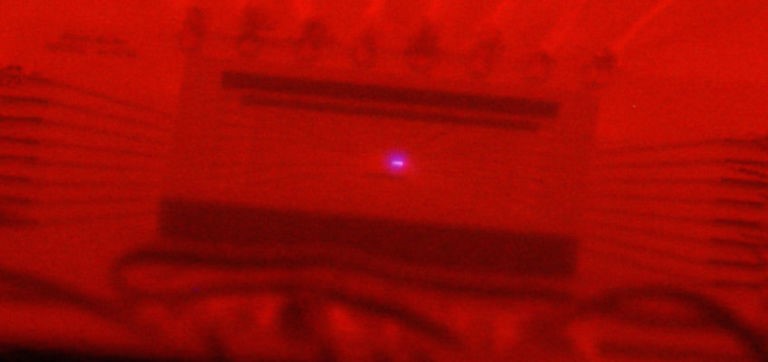When it came to chips, last week was a big one for news.
First, we learned that NASA has produced a new chip that will be able to withstand the extreme conditions on Venus.
NASA researchers developed a new computer chip and tested it without any cooling or protective packaging in a high-pressure, high-temperature environment like the surface of Venus—and it worked. Humans haven’t sent a lander to Venus since 1982 (that Russian lander lasted just over two hours) although NASA could launch a rover in 2023, according to Forbes. That visit won’t happen unless NASA has a computer chip that can withstand the planet’s 800-plus degree Fahrenheit environment. (Source: Gizmodo)
The chip withstood high-temperature conditions for three weeks, but would probably have lasted long. Three weeks was as long as NASA’s Glenn Extreme Environments Rig (GEER) the “toxic high pressure cooker that can recreate Venus’ atmosphere” runs before it needs to be shut down for some R&R. (This is what the chip looked like when it was cooking in GEER. Wouldn’t want to touch that surface!)
Venus’ atmosphere” runs before it needs to be shut down for some R&R. (This is what the chip looked like when it was cooking in GEER. Wouldn’t want to touch that surface!)
For those of us who grew up interested in space exploration (i.e., pretty much every engineer that I know), the idea of exploring Venus for longer than the Russians could do in 1982 is an exciting one. There’s much to be learned from any planet. For Venus, “its geological processes and greenhouse gas-loaded atmosphere could help us better understand processes on our own planet.”
Because of the way that silicon would reacts to high temps, silicon could not be used. Instead, the NASA chips used silicon carbide. The interconnects used tantalum silicide so that they wouldn’t have a meltdown.
It’s going to be a while until the chips needed to support a Venus landing are perfected. The one that’s been tested has 24 transistors. Compare that to a transistor count of more than 7.2 billion for one of Intel’s single-chip processors.
And speaking of Intel, the other chip news of the week was Intel’s decision to go through with plans to build a new chip factor in Arizona.
The plant will build ultradense chips that Intel refers to as seven nanometer, with transistors packed more closely together than in the chips the company now builds. The tighter spacing allows for faster, more energy-efficient chips. “This factory will produce the most powerful computer chips on the planet,” [Intel CEO Brian] Krzanich said. (Source: NY Times)
While the chips that Intel is producing will be plenty powerful, they won’t be able to withstand the high temperatures that the NASA chips do. Of course, they won’t have to. The Intel chips will be powering servers, personal computers, and IoT devices. If the temperatures around any of those items reaches 800-plus degrees Fahrenheit, there’ll be bigger problems to worry about than whether the device is going to fry!
